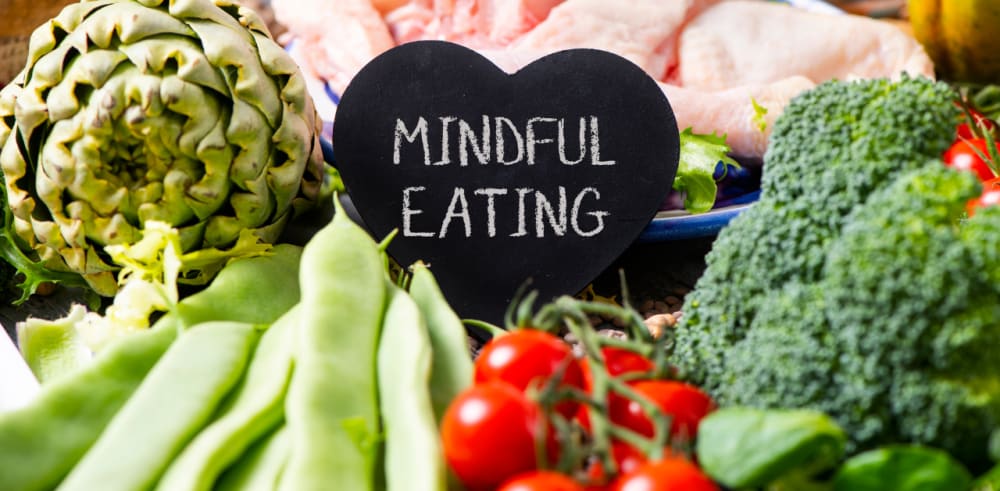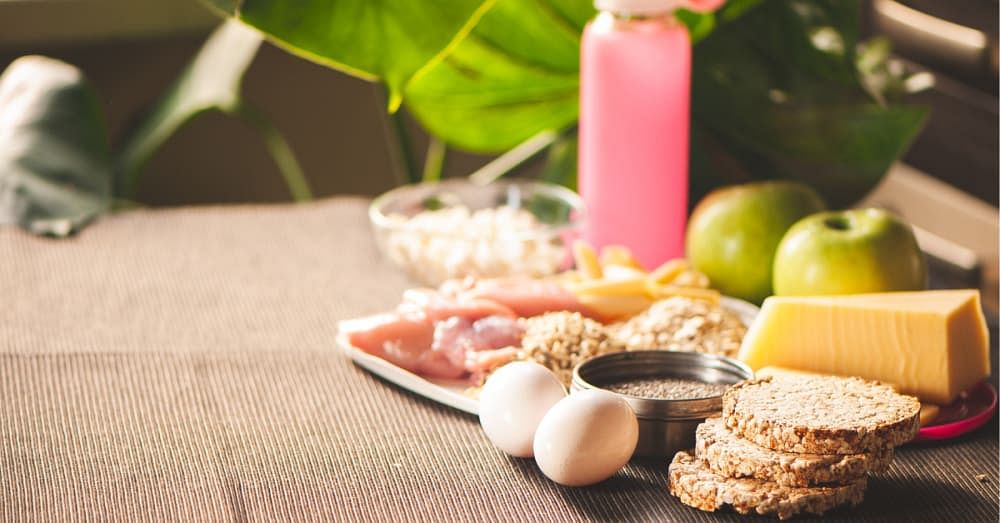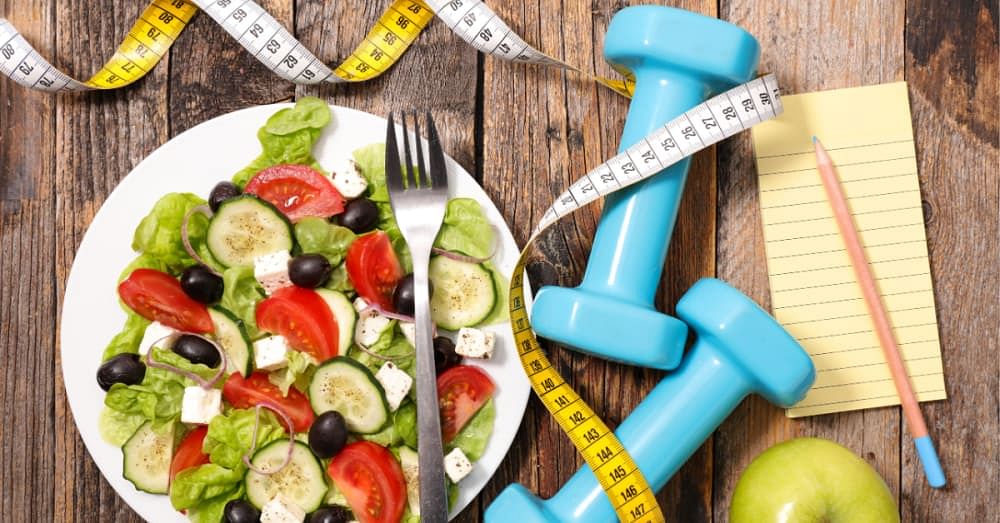Let's know the labels.
Food labels give consumers information that helps them to become knowledgeable while choosing foods. While selecting processed foods, check the front, back, and sides of a package, which displays information that helps us to understand what the food contains and guides us in making a healthier choice. The number mentioned and the percentage is written, and hidden ingredients can sometimes be confusing, and we need clarity on the same.
Characteristic of the label
1) Serving Size and Calories are bolded and in a larger font. When looking at the Nutrition Facts, first examine the number of servings. Serving sizes are standardized to make it easier to compare foods and are provided in units like cups or pieces, followed by the metric amount, i.e., the number of grams (g). The serving size reflects the amount that people typically eat or drink. When it comes to being overweight and obese, calories play an important role. Calories measure the amount of energy you get from a serving of this food. The number of calories you consume is determined by the number of servings you consume.
The Serving Size represents how much you'd typically eat in one serving. It's essential to start with serving size because all the nutrition you'll see is based on this value.
2) Macronutrients
Not all calories are the same. Calories come from Fat, Carbohydrates, Protein, or Macronutrients or Macros. Each of these macros provides a different amount of calories per gram.
1g Carbohydrates- 4 kcal, 1g fat- 9 kcal , 1g protein- 4 kcal
Carbohydrates
Carbs provide the body with glucose as a source of energy.
Per 100 grams
- Fiber > 5 g
- Sugar < 7 g
- Starch < 3 g
- High carbs > 75 g
Proteins
Proteins are also known as the building block for muscle development/repair and are essential for various body functions.
Per 100 grams- Protein > 8g
Fats
Fats are necessary for our bodies, but it is necessary to understand good fat ( Unsaturated ) and bad fat (saturated/trans fat / hydrogenated fat)
- Saturated fat < 3 g
- Trans Fat 0
3) Total Sugars on the Nutrition Facts label Are naturally occurring sugars having immense nutritional benefits present in fruits and vegetables, milk and dairy products, and also any sugars added in the product
Daily Reference Value has yet to be established for total sugars because no recommendation has been made for the full amount to eat daily. Nutrition Facts labels contain sugars, sugars added while processing food (such as sucrose or dextrose), table sugar, sugars from honey or syrups, and sugars derived from concentrated fruit or vegetable juices. However, added sugars are high in calories.
4) Nutrients to get more Dietary Fiber, Vitamin D, Calcium, Iron, and Potassium. Americans generally do not recommend or mention the amounts of dietary fiber, vitamin D, calcium, iron, and potassium are nutrients on the label. These nutrients should be compulsorily included. The best way to manage bowel movements, reduce blood glucose and cholesterol levels, and lower caloric intake is to start eating a diet high in dietary fiber. Increased risk of osteoporosis, anemia, and high blood pressure are due to low vitamin D, calcium, iron, and potassium
5) All about the ingredients
The ingredients are always listed in descending order by weight, so the first ingredient is present in the most significant amount. Pay attention to what's at the top of the list.
6) Additives
Additives are ingredients that have been added to food during production or processing. Additives have several functions, like maintaining freshness, enhancing taste, affecting texture, and influencing color and appearance.
ARTIFICIAL COLORS
Artificial colors are synthetic-made dyes that affect the color of food.
THICKENERS
Thickeners provide body consistency and stability to food products.
PRESERVATIVES
Preservatives prevent food spoilage by blocking the growth of microorganisms.
HIDDEN SUGARS
Hidden sugars are those added sugars where you would not expect to find them in products, and they are disguised with less well-known names.
We recognize that many of these words sound the same. However, it's essential to note the minor differences, as these can help consumers to make wise decisions, understand the main ingredients and hidden ingredients











